
Lab Animals Organisms used to study inheritance


Lab Animal Objectives
-
Set up a Punnett Square that starts with gamete (sperm and egg) alleles and shows the resulting possible genotypes.
-
List the characteristics of animal species that make them likely to be used as laboratory animals.
-
Describe the care and ethical concerns associated with using animals in research.
Organizing data is key in drawing correct conclusions and making accurate predictions.

Once you know the alleles present in sperm and egg, it is possible to predict the genotypes and phenotypes of the offspring.
Punnett squares are a technique for keeping alleles straight as you predict the offspring from generations of crosses.
Mark demonstrates writing a Punnett Square
We are using domesticated rats to demonstrate Punnett squares, and for genetic and behavioral study in future guides.
If you want to see the adoption process for these rats, watch this video. If not, you can skip to the next video.
This video shows six rats numbered one through six. Take notes on their appearance and behaviors. After the video you will be completing a Punnet square and predicting which of the males are related.
Rat coat (fur) texture and color
Rat coat color, pattern, and texture all have a genetic basis
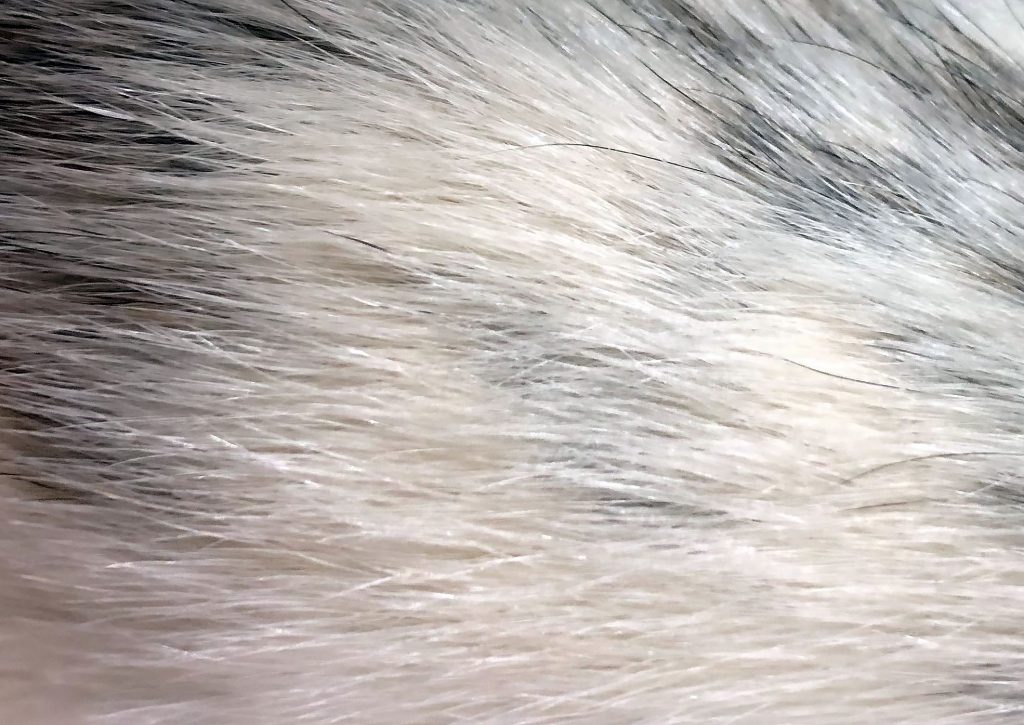
Smooth Hair
Dominant (AA, Aa) long thin hair that lays flat; photo = rat #2
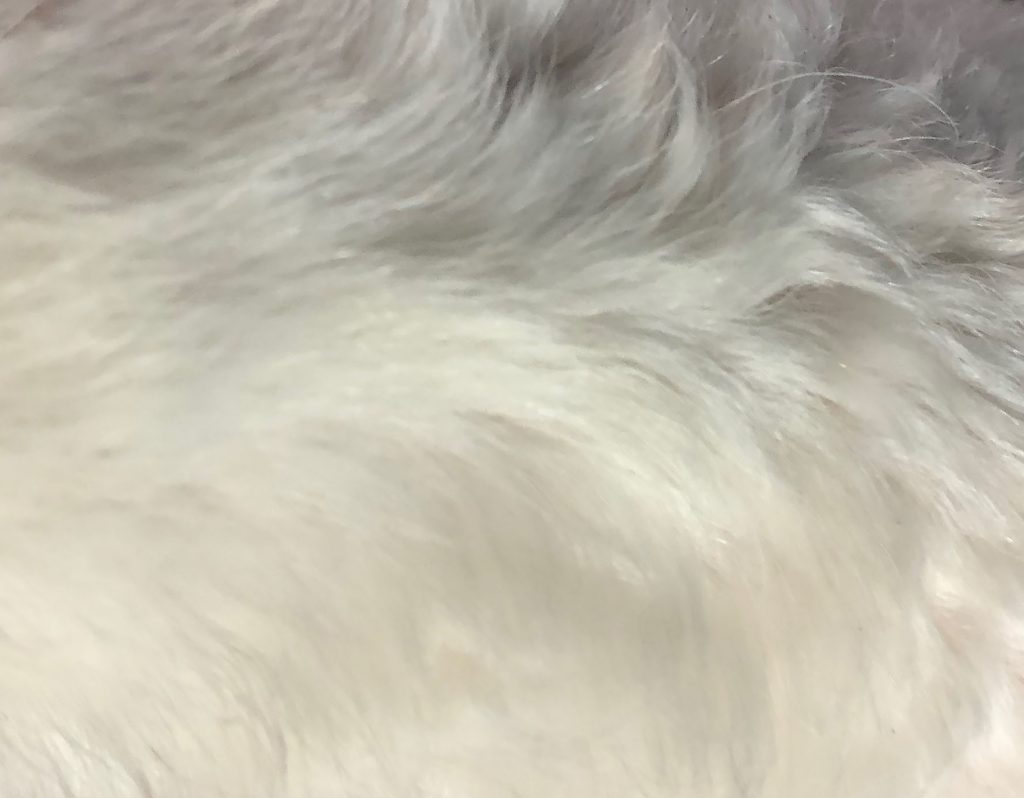
Rex Hair
Recessive (aa) waved or curled hair; rat = #3
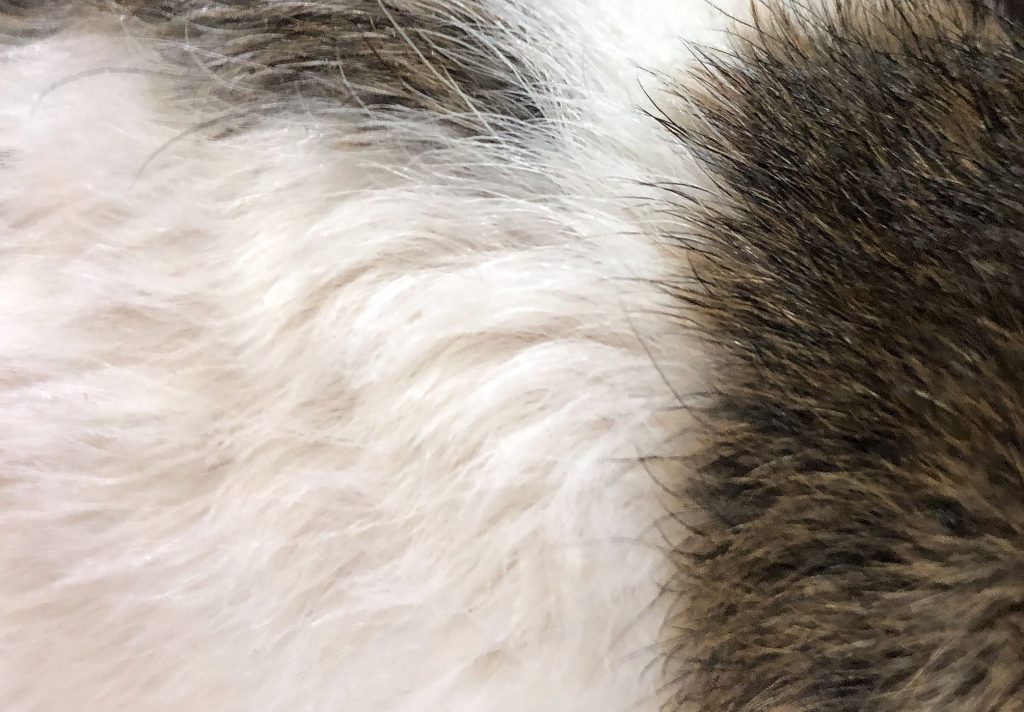
Brown Hair
Dominant (BB, Bb) wild-type agouti hair; rat = #1
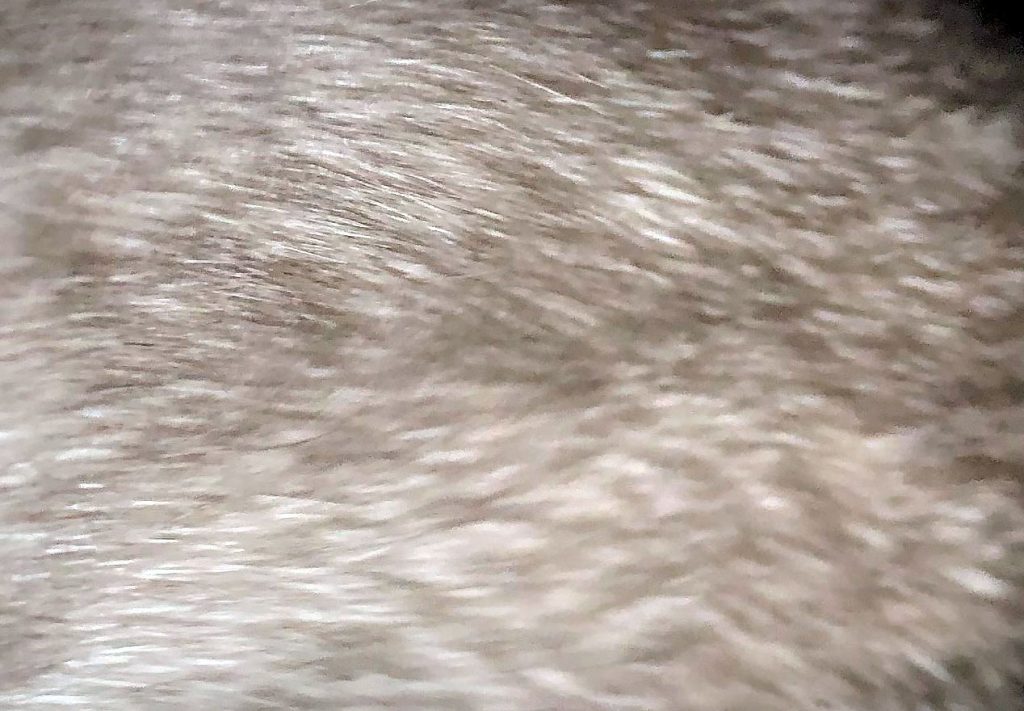
Beige Hair
recessive (bb) lacks the pigment found in agouti hair; rat = #6
We’re crossing two parent rats. One is true-breeding smooth and the other is true-breeding rex. The genotype of the true-breeding smooth parent is “AA” and the genotype of the rex parent is _____.
Predict the F1 offspring genotypes and phenotypes, using a Punnett Square.
hint: all of the F1 generation should have the same genotype and phenotype, similar to the Punnett Square in the video.
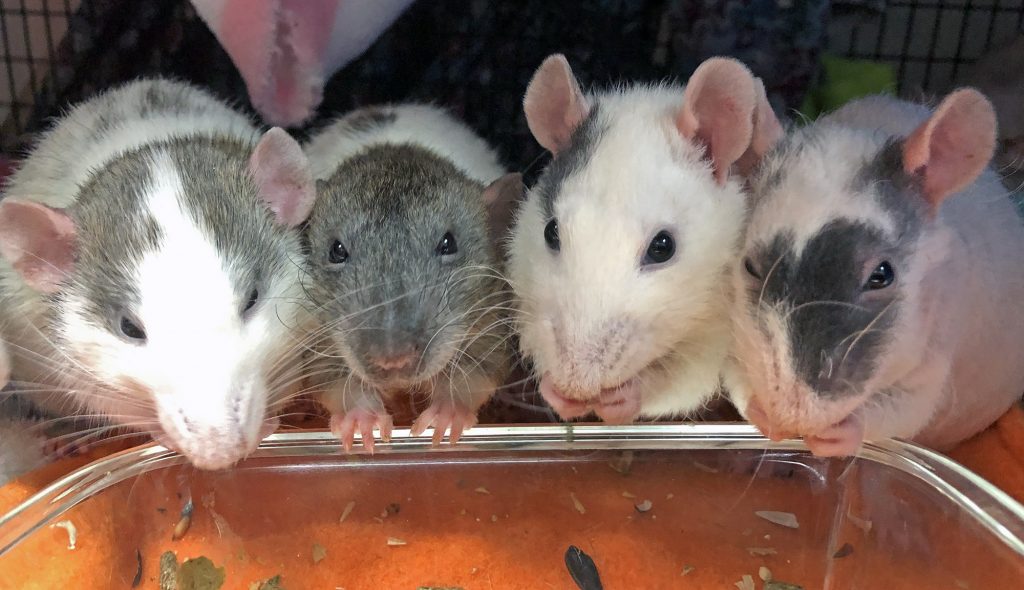
These male rats were from two different litters. Typically siblings have the most structural traits in common. From your video lecture observations, which of the rats do you think are related?
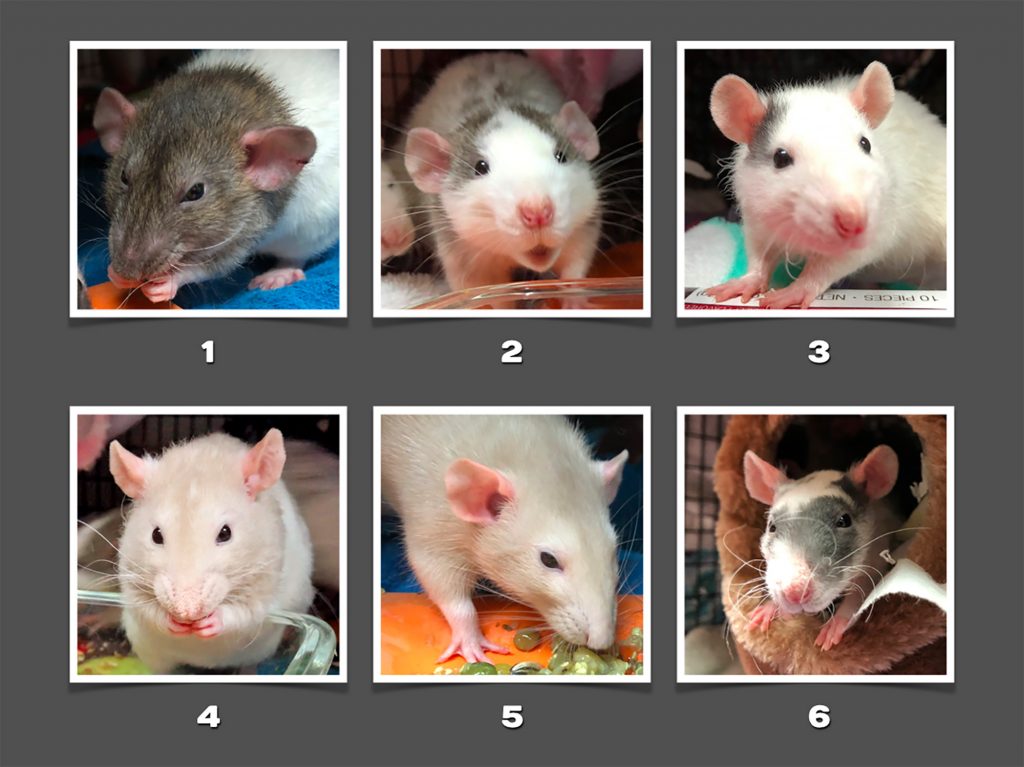
answer: rats 2 and 5 are brothers (smooth hair, dumbo ears); rats 3, 4, and 6 are brothers (rex hair, standard ears). #1 is a bit of a mystery: he has rex hair and dumbo ears, and distinct behaviors from the other rats. We’ll have more on their shared and contrasting behaviors in an upcoming guide.
Rats show many of the structures and behaviors we are studying in this course.
Here the rats are showing different degrees of competitive behavior after being fed.

Animals have been used for experimentation for thousands of years. Early records indicate that animals were used to test potentially toxic plants.
In the past century, new product testing and regulations were expanded. Animals and animal cell cultures are used extensively to test new medications, cosmetics, and procedures.
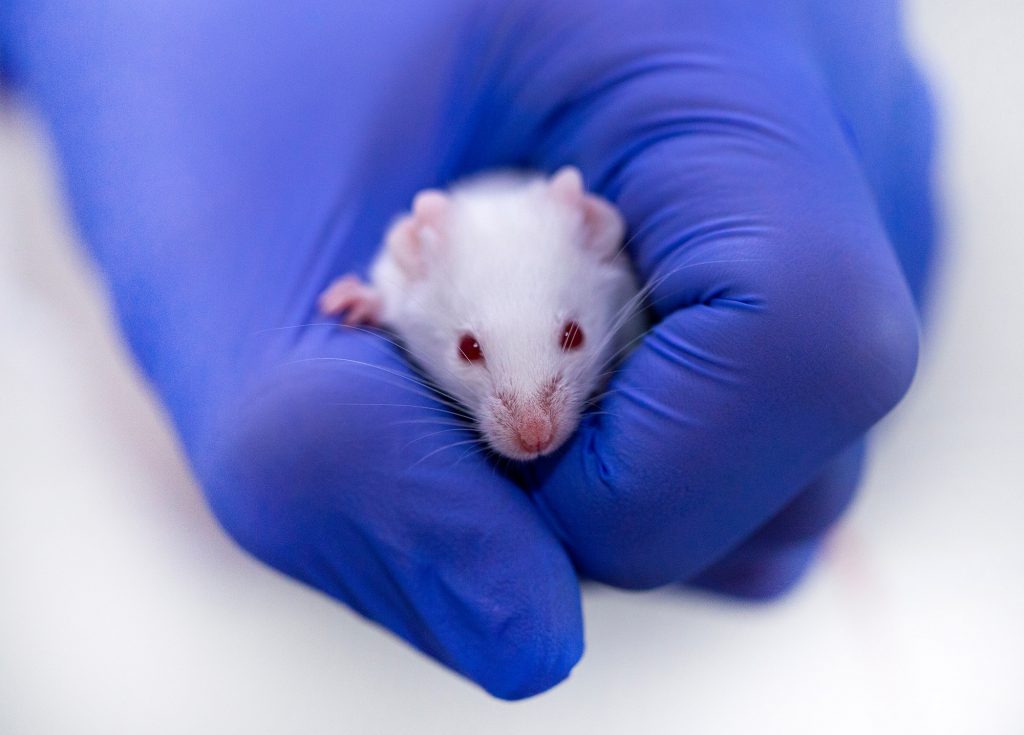
Animals commonly used in medical and cosmetic research
These animals have similar skins and other organs to humans, as well as small size and inexpensive herbivorous diets.
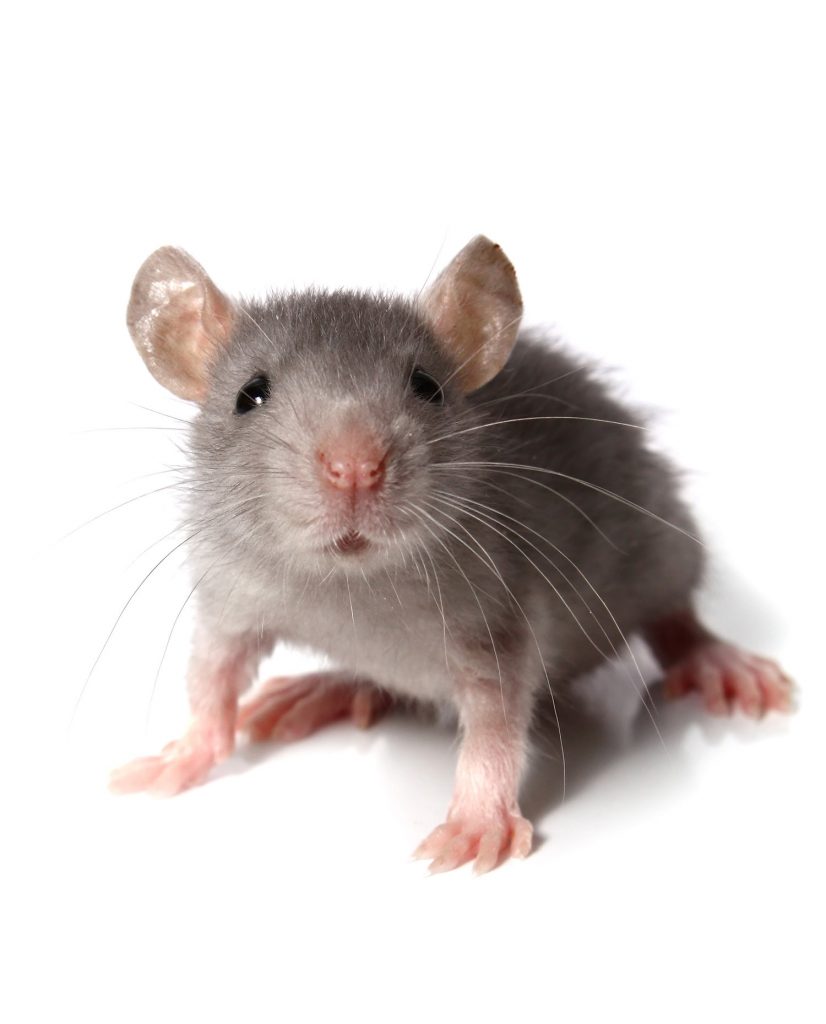
Mice
Mice are small, eat inexpensive foods, mature quickly, and produce large numbers of offspring.
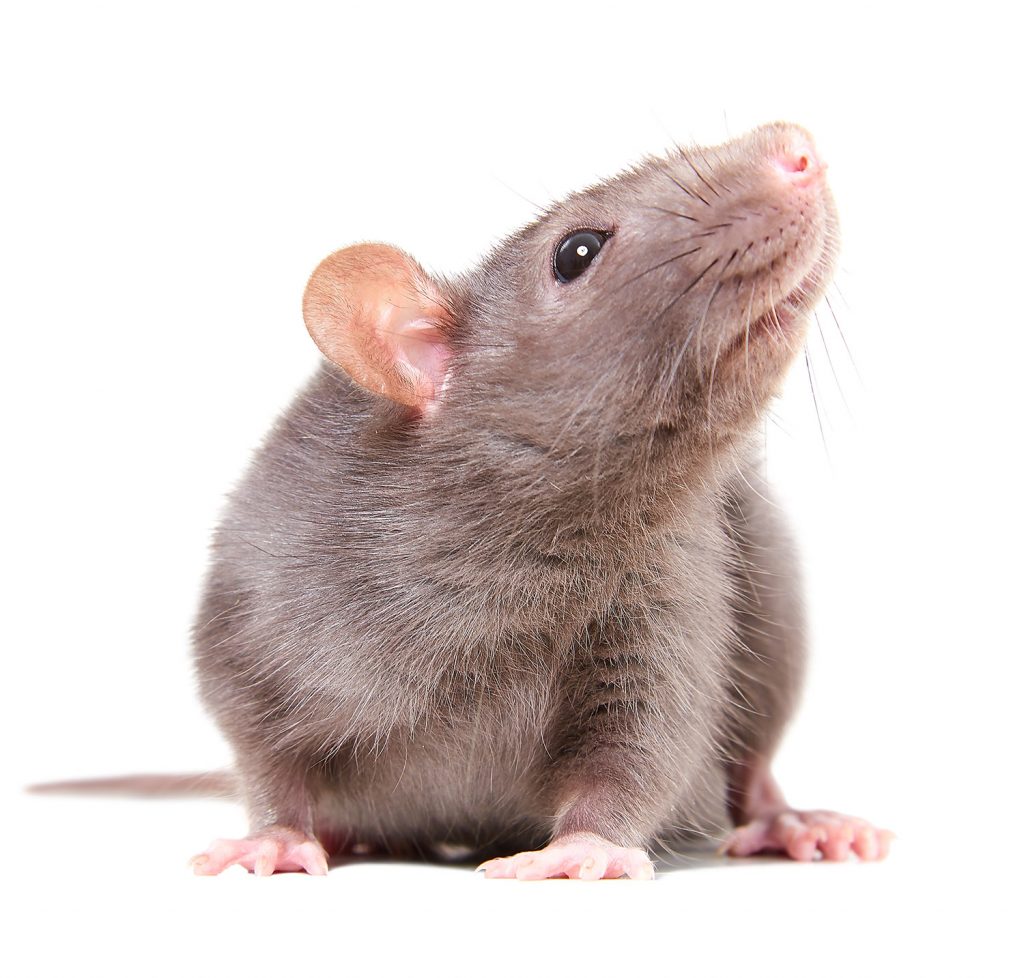
Rats
Rats have a larger size and different behaviors than mice, which are advantages for some studies, but a disadvantage for housing.
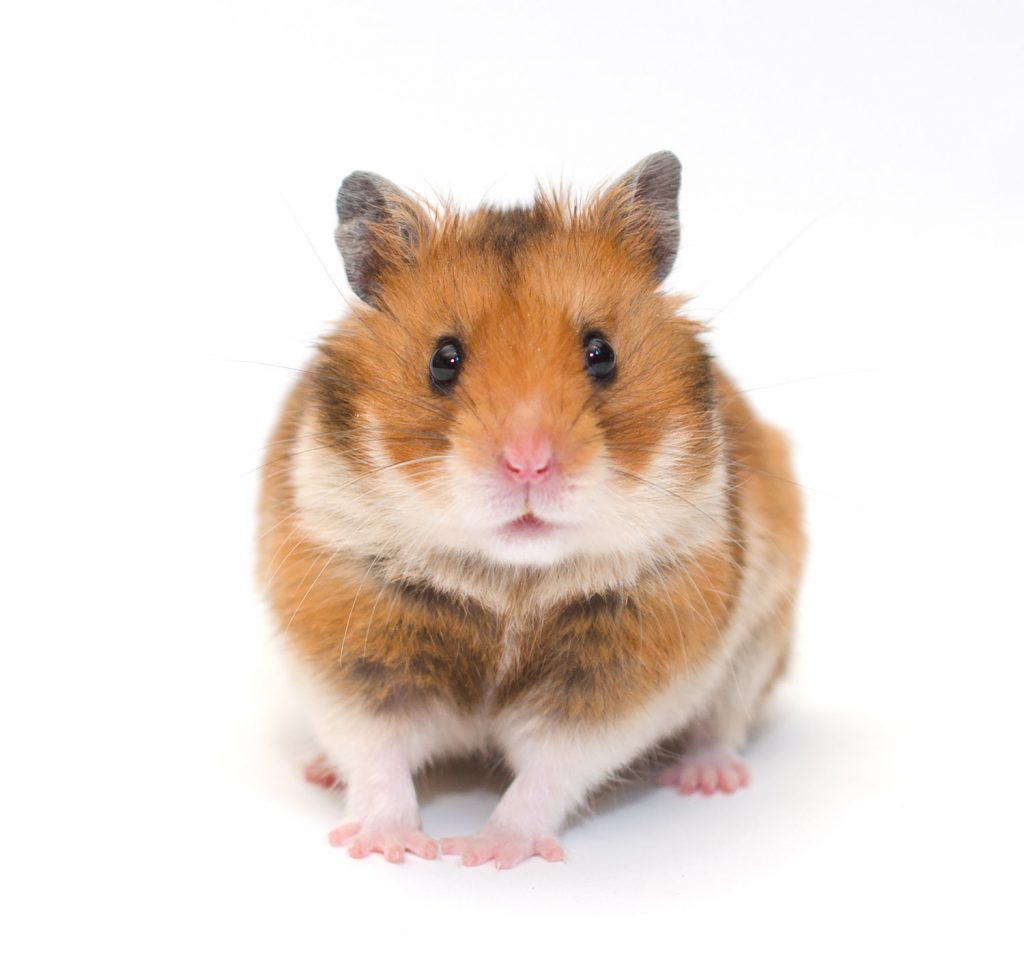
Hamsters
Used in neurological/pain and infectious disease research as models with similarities to human systems.
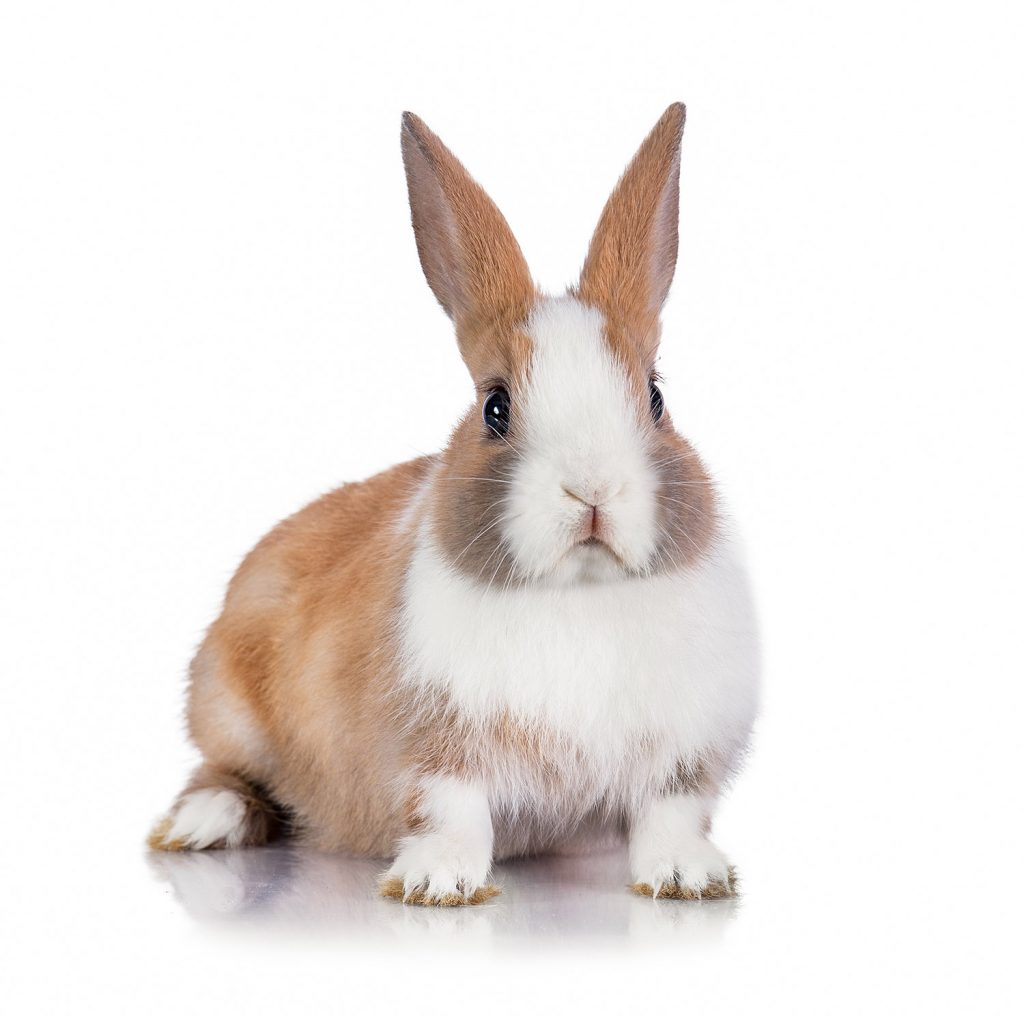
Rabbits
Used in part due to their large size, rabbits are docile and can be used in experiments that require restraint.
When most people think of laboratory animals, they think of the guinea pig. Their use in research has dropped to approximately 24% of the total research animals in the U.S., in part due to increased use of mice.
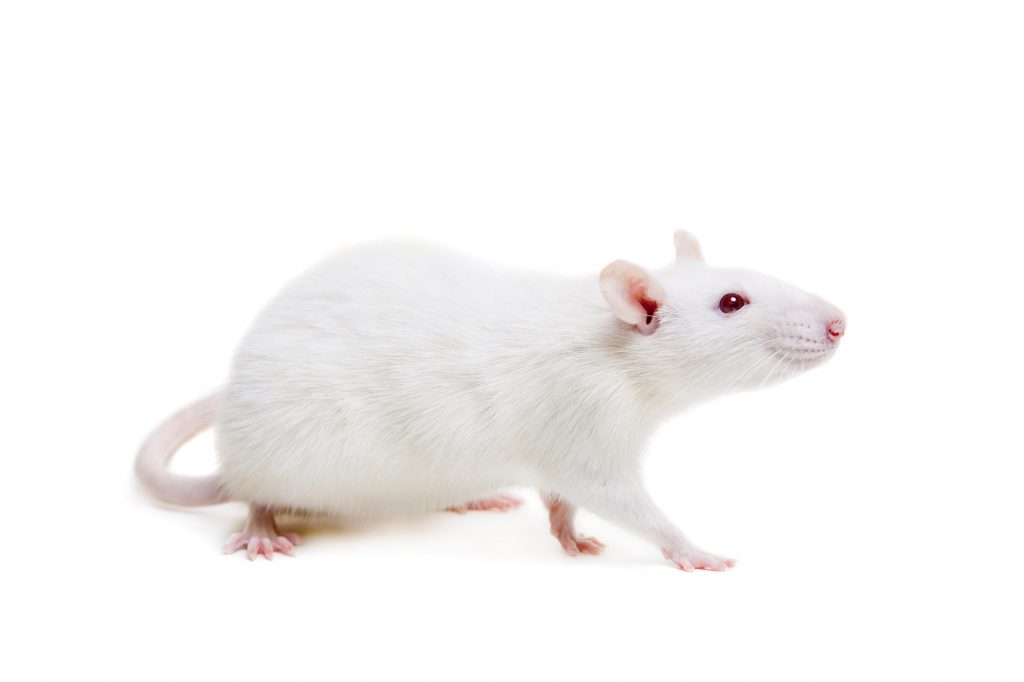
Artificial selection is used to produce lines/strains of laboratory animals that have desired characteristics, including docile behaviors. In some cases mutations are augmented, producing animals that have suppressed immune systems or specific diseases.
Even mice can have difficulty in confined uniform spaces, and most lab facilities would not have augmented cages like this pet store.
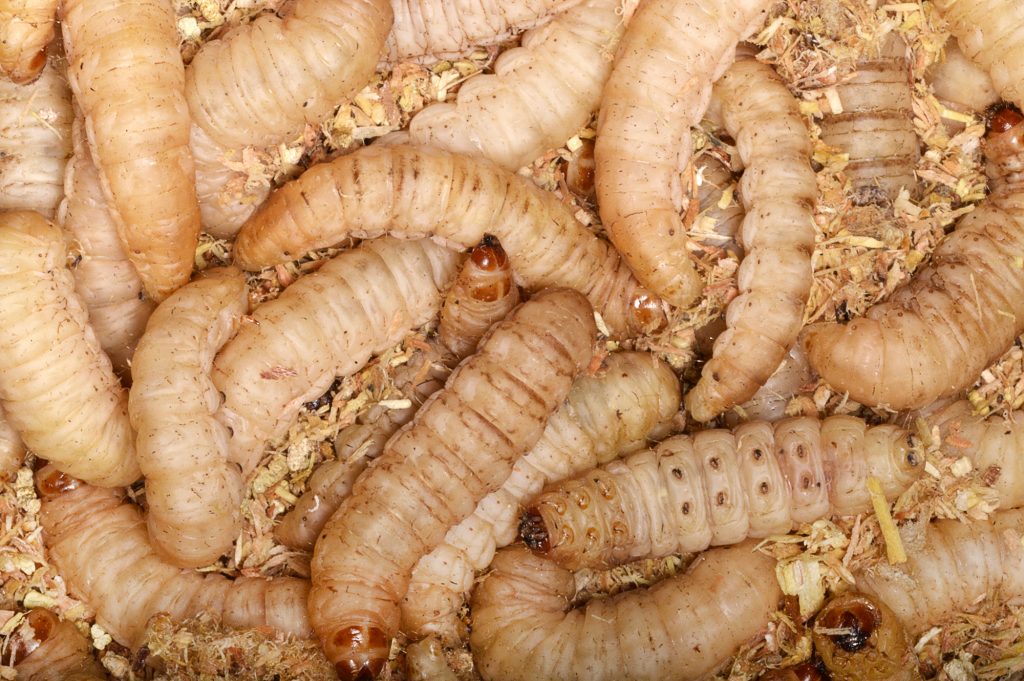
With an increase in regulation of laboratory animals in the European Union, non-vertebrate animals are being explored for use to replace current lab species.
The greater wax moth, Galleria mellonella, is now used as a model animal to study bacterial and fungal infections.
In order to model the complex traits humans possess, including non-mendelian traits, mammals are used extensively as lab animals.
The use of animals in laboratory research brings up ethical conflicts that are introduced in this video.

Laboratory animals have played a significant role in science, but there are clearly ethical considerations associated with using animals in pain-inducing or fatal research protocols.
You will have an opportunity to write an opinion piece about the use of animals in research and other topics in the final journal page reflection.
This is the end of Research Guide content. After you check your knowledge over the material, proceed to the product page.

Check your knowledge. Can you:
-
Set up a Punnett Square that starts with gamete (sperm and egg) alleles and shows the resulting possible genotypes.
-
List the characteristics of animal species that make them likely to be used as laboratory animals.
-
Describe the care and ethical concerns associated with using animals in research.



